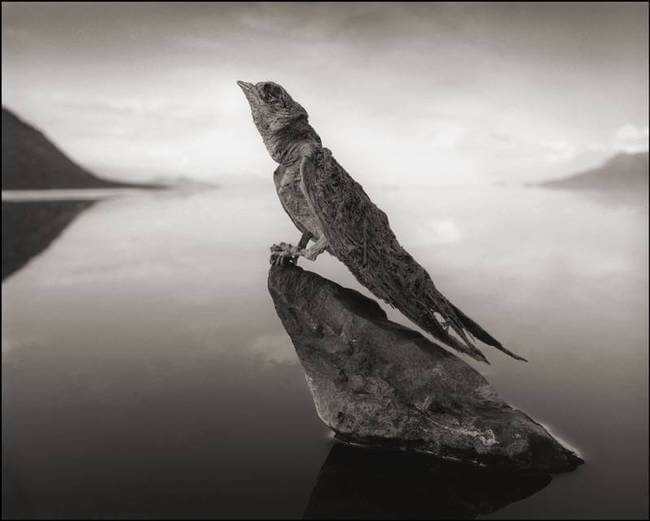

It is in the Gregory Rift, which is the asian branch of the East African Rift. Lake Natron is a salt and soda lake in Arusha Location in Northern Tanzania. Nevertheless here were talking about a real-life lake that is turning every animal and chicken into a ghostly statue if they come in its physical call. Reanimated, alive again in death.You might have heard the story of a king, who transforms everything in stone simply by his touch. “I took these creatures as I found them on the shoreline, and then placed them in ‘living’ positions, bringing them back to ‘life’, as it were. The soda and salt causes the creatures to calcify, perfectly preserved, as they dry.” The water has an extremely high soda and salt content, so high that it would strip the ink off my Kodak film boxes within a few seconds. No-one knows for certain exactly how they die, but it appears that the extreme reflective nature of the lake’s surface confuses them, and like birds crashing into plate glass windows, they crash into the lake. “I unexpectedly found the creatures – all manner of birds and bats – washed up along the shoreline of Lake Natron in Northern Tanzania. Photographer Nick Brandt, discovered this phenomenon in Tanzania, featuring his finds in a new collection of photographs of east African animals, Across the Ravaged Land. As new salt islands form within the lake, flamingos flock to the area to mate and snack on fish and algae. But as the photographs reveal, even flamingos die and come to rest in this watery grave, calcifying within the lake’s shallow waters. Only the Alkaline tilapia, an extremophile fish, and bacteria are adapted to survive in such a harsh, poisonous environment. Although Lake Natron may seem completely inhospitable to birds, it is a nesting hotspot for the lesser flamingo. When an animal dies and falls in the lake, the high concentration of salt inhibits complete decay and begins to crystalize on the remains, protecting them from further decomposition. Created by a mixture of hydrous sodium carbonate and baking soda (sodium bicarbonate), it results from volcanic ash that accumulated from the Great Rift Valley. This extremely basic pH level deters decomposition and in turn helps preserve remains.īut why? Well, the lake gets its name from natron, a natural salt compound commonly used by ancient Egyptians in their preservation and embalming process.

Temperatures in the lake can reach 60 ☌ (140 ☏), with an alkalinity between pH 9 and pH 10.5.


 0 kommentar(er)
0 kommentar(er)
